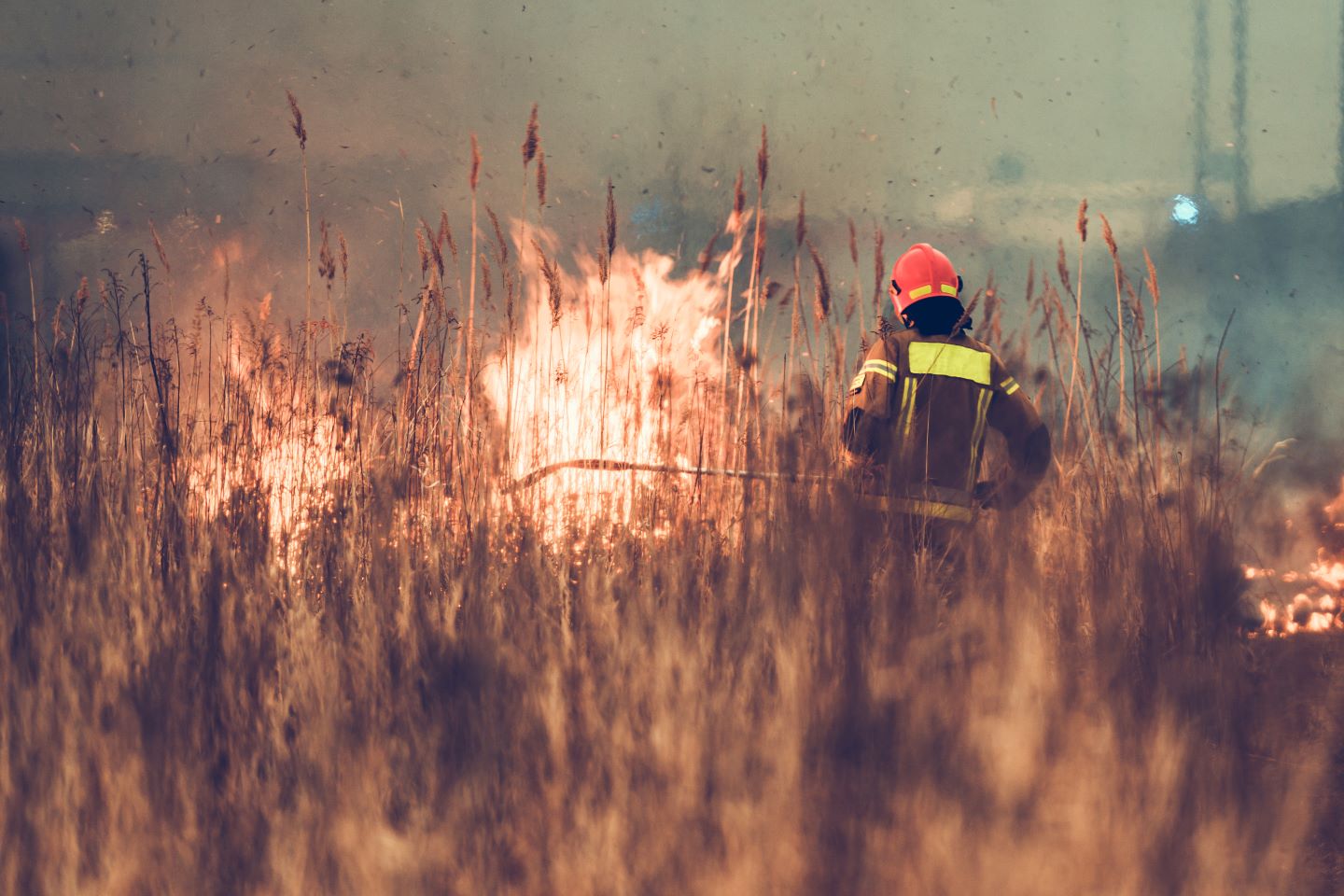Wildfire Health and Safety
Wildfires and forest fires are any fire that occurs in forests, brush, shrubs, and grasslands. These fires are a natural part of the ecosystem and help maintain forest diversity and health. With several wildfires happening in and around Edmonton this last week, we thought it would be a good idea to discuss wildfire health and safety in today’s blog post.
Wildfire smoke contains particles and gases that may harm workers or nearby community. Smoke is a complex mixture of hundreds of chemicals. It may contain fine particulates, carbon monoxide, carbon dioxide, Nitrogen Oxides, Sulphur Oxides, Volatile Organic Compounds (VOCs), and a wide variety of other substances that result from fire damage. The composition of smoke will depend on many factors, including what materials are burning. The concentration of the smoke will depend on the wind conditions and proximity to the fire.
Effects of smoke
Smoke may irritate the eyes, nose, and throat and cause headaches and worsening of allergies. Inhaling fine particles of smoke has been linked with the aggravation of pre-existing respiratory and cardiovascular diseases. The symptoms of smoke exposure may include shortness of breath, persistent coughing, wheezing, chest tightness, and increased mucous production.
Routinely check the Air Quality Health Index (AQHI) or other indicators of smoke levels in your community, as well as wind speed and direction. It may be necessary to reduce strenuous activities outdoors and keep all windows closed.
People involved in wildfire smoke exposures have expressed concerns about the long-term health effects of smoke inhalation, such as an increased risk of cancer (when the smoke contains products such as hydrocarbons or formaldehyde) or other chronic health problems. In general, research shows that the long-term health risks from short-term exposure (i.e., days to weeks) are quite low for those living in an area with low or moderate wildfire smoke.
The potential for harmful health effects depends on the level and duration of exposure, age of the person, individual susceptibility, and other factors. For these reasons, not everyone exposed to smoke will be affected similarly. Smoke is more likely to affect the elderly, young children, pregnant women, and people with respiratory and heart conditions.
Steps to protect workers
There are several steps employers can take to protect workers when there is smoke in the air.
These include the following:
- Monitor the Air Quality Health Index and other indicators of smoke levels.
- Be sure ventilation systems and air filters are maintained to remove smoke particulates which will help provide clean air to work areas.
- Include wildfires as a factor in the emergency response and business continuity plans if wildfires are common in the region.
- Implement procedures to monitor and respond to wildfires and smoke, including the possibility of evacuation.
- Investigate any work-related incidents resulting from smoke or fire exposures. Vehicle incidents must be considered, as smoke and fire can affect the health and safety of people driving in the area.
- Provide or call for medical assistance when workers have severe symptoms. Workers with difficulty breathing should reduce or stop their activities and notify their supervisor. It may become necessary to temporarily relocate the worker to an area with cleaner air or reschedule the work when the air quality improves.
Workers should be trained on smoke or fire procedures and know what to do during an emergency or evacuation. Supervisors should be kept informed and communicate the hazards to the workers.
Wildfire season in Canada also occurs when the weather is the hottest. This means that workers may be exposed to smoke and extreme heat. A heat stress program must be available, considering the added stress due to reduced air quality. When workers can’t spend time in cooler and cleaner air, provide access to water and encourage them to drink regularly. Even if they do not feel thirsty, drinking water helps to moisten the nose and mouth, which in turn helps the body remove some of the particulates.
Employers should check in regularly with workers about their mental and physical health. Wildfire and smoke events can be mentally and emotionally challenging. Feeling anxious, stressed, sad, or isolated is not uncommon, but eating well, getting enough sleep, exercising indoors, and staying in contact with friends can help.
Remind workers of the support offered by the organization, like an Employee Assistance Program (EAP), and encourage anyone having trouble coping with stress, anxiety, or depression to seek help.
Remember to check in with workers and other people in your care or who live nearby who may be more vulnerable to poor air quality.

